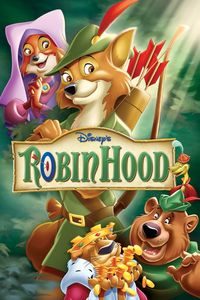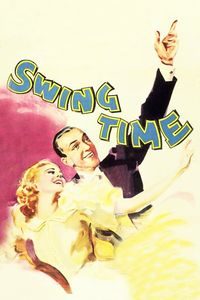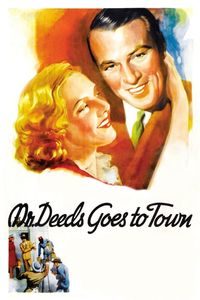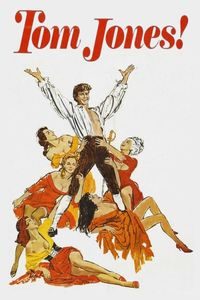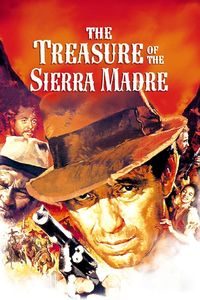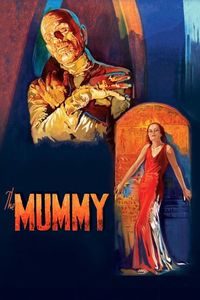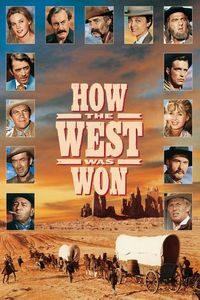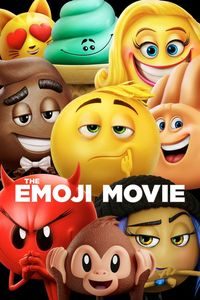(On DVD, February 2018) I have a long list of annoyances when it comes to movies, and at first glance Synecdoche, New York seems to hit an impressive number of them. It’s consciously made to annoy viewers, to revel in their darkest fears, to rush to the worst ending imaginable, to become self-involved in its own inscrutable metafictional games, to screw with expectations for no reasons. Coming from the reliably twisted mind of writer/director Charlie Kaufman, this is a film that jumps in-between high concept, dream sequences, a background apocalypse, characters taking each other’s roles, intense symbolism and decades of events compressed in barely more than two hours. It barely explains what it’s doing, leaving viewers to ponder and search for fascinating readings about the film’s means and meanings. Heck, the lead character may not even be himself. I have been infuriated by tamer movies. Adding to the potential disaster, the DVD version of the film does not have English subtitles, making my life much harder as I was watching the film in less-than-ideal audio circumstances. (I eventually found and read a copy of the script to make sure that I hadn’t missed anything important, and was relieved to find that I hadn’t.) But, for lack of a better expression, Synecdoche, New York worked its magic over me. The relentless gloom of the film quickly becomes a comedy, and once you accept that the film will make more emotional sense than a purely narrative one, it becomes a curiously enjoyable experience. The metafictional book-reading scene set aboard a plane flight had me laughing, which is not something I would have anticipated from a movie that features a greatest hits selection of every single fear that adults can have, from being estranged from loved ones, to progressive illness, to being made completely redundant, to not being forgiven, to surviving the end of the world, and so on. Gloriously ambitious, Synecdoche, New York is about everything. Philip Seymour Hoffman turns in one of his great performances as the tortured hero, ably supported by cast as varied as Catherine Keener, Tom Noonan and Dianne Wiest — the last of which has an unsettling and memorable role. Adding to the strangeness, Samantha Morton and Emily Watson are rather eye-catching here, which is really weird given that I usually don’t rank them particularly high on my own list of sex-symbol actresses. Ultimately, Synecdoche, New York’s unrepentant refusal to be ordinary is what sets it apart. I’ll leave viewers to decide if it’s best seen cold or not (this is not a movie that can be spoiled), but any second viewing should be done after gorging oneself with various commentaries, interpretations and lengthy analyses of the film. It’s incredibly rich material for discussion, and I’m as surprised as anyone to like the film as much as I did.


